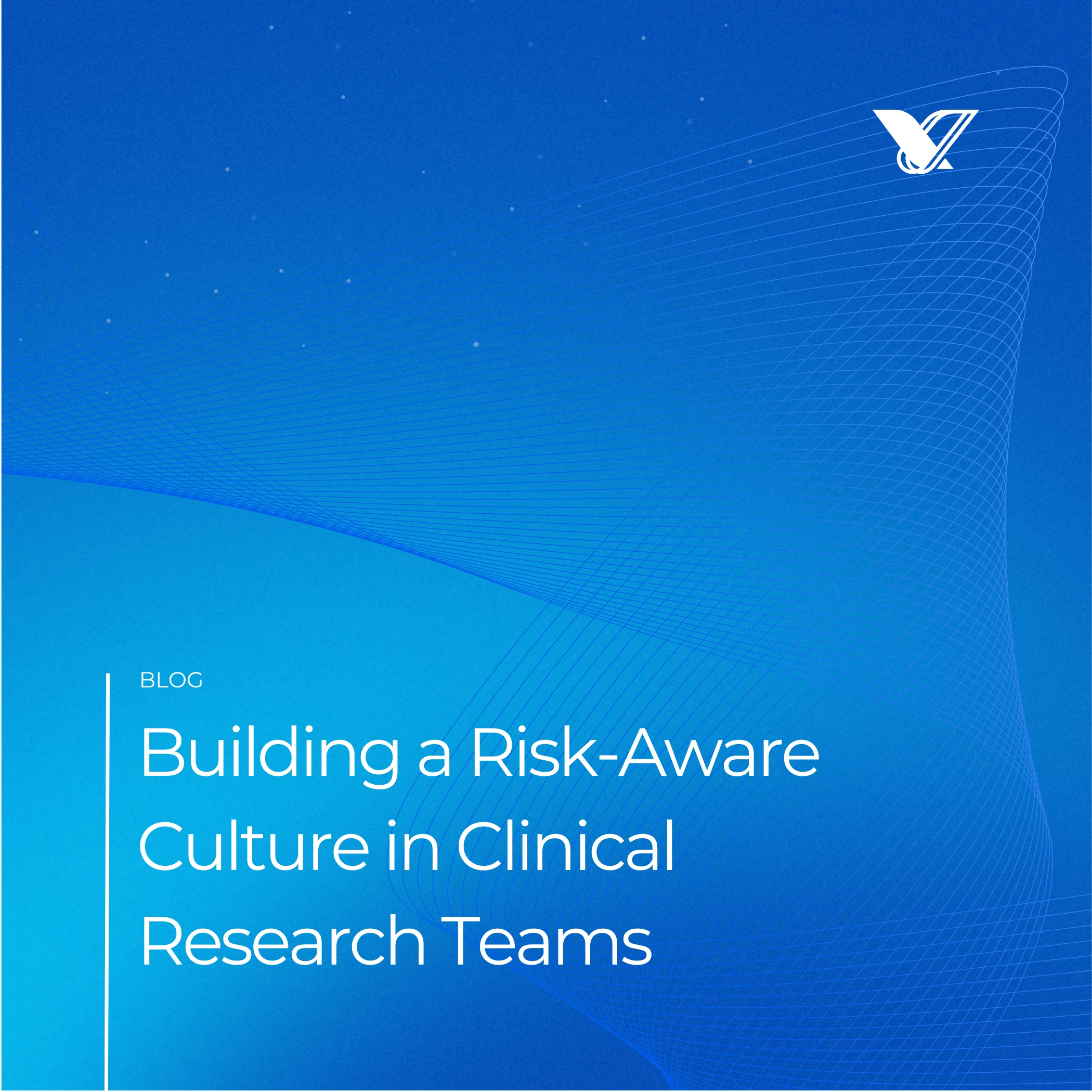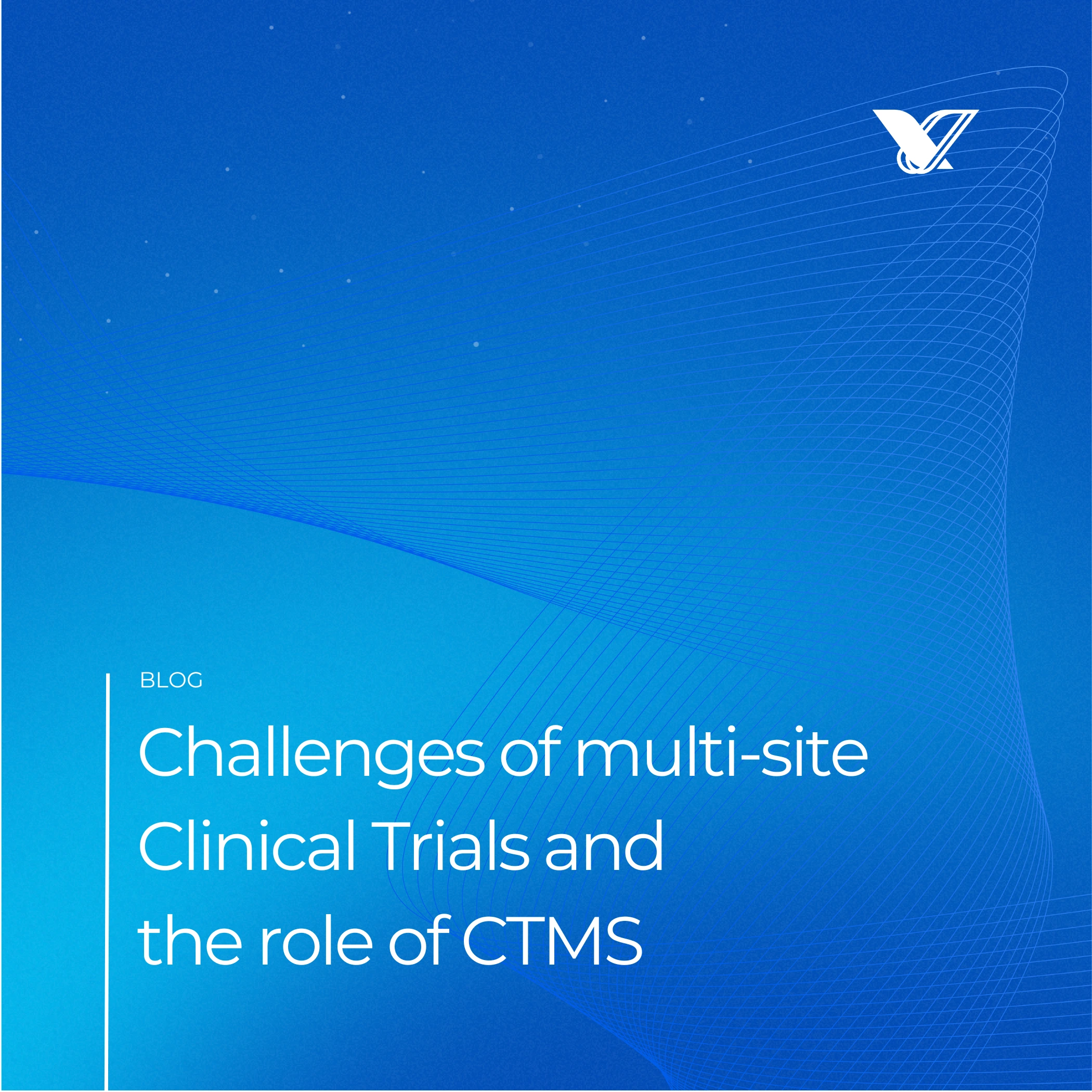Bringing science and humanity: How systems thinking should shape clinical trial execution

According to ICH E8(R1), team behaviors play a central role in driving quality. That’s why building awareness of risk is not only about having the right tools, but also the right mindset.
What Enables a Culture of Risk Awareness?
1. Leadership Sets the Tone
Leadership’s commitment to patient safety and data integrity must be clearly demonstrated. This means dedicating resources to quality initiatives, clearly defining accountability, and consistently reinforcing values through everyday decision-making.
When leaders prioritize risk awareness, it becomes a shared expectation, not an exception.
2. Team Engagement and Ownership
Risk management is most effective when teams feel responsible and empowered. Encouraging staff to report concerns without fear of blame promotes early detection and resolution of issues. Organizations benefit when staff feel safe to speak up, roles are clearly defined, and risk awareness is integrated into job expectations.
Embedding Risk Thinking into Operations
Structured Decision-Making
Using models like the 4As (Ask, Analyze, Answer, Act) helps teams challenge assumptions and make evidence-based decisions in real time.
Risk Assessment Tools
Standardized risk assessment tools, such as checklists and scoring matrices, support consistency across studies. They make risks visible and help prioritize mitigation efforts.
Digital Integration
Technology enhances risk oversight by enabling:
- Real-time dashboards
- Protocol deviation alerts
- Pattern recognition across studies
Digital tools are not a replacement for human judgment, but a way to scale it.
From Plan to Practice: Risk Management as a Living Process
A robust clinical trial risk management plan is more than just documentation, it is an active part of trial execution. Effective plans include clear methodologies for risk identification and prioritization, defined responsibilities and escalation pathways, and integration with quality management systems.
Plans should evolve as new data and risks emerge. Static plans are quickly outdated in dynamic trial environments.
Sustaining Awareness Through Training and Communication
Training plays a foundational role. Beyond regulatory requirements, it should support practical understanding of how to:
- Identify emerging risks
- Apply risk frameworks
- Escalate concerns appropriately
Organizations with strong cultures of risk awareness also invest in cross-functional knowledge sharing, learning from near misses and audits, and providing ongoing refreshers and scenario-based exercises.
Clear communication channels, such as regular team reviews and anonymous feedback mechanisms reinforce transparency.
Conclusion
Creating a culture of risk awareness is an investment in long-term trial success. When teams are trained, supported, and encouraged to think critically, they’re better equipped to protect data integrity and participant safety.
In high-stakes environments like clinical research, risk awareness should not be treated as a single step, it should define how teams operate.
More from Vilintra


.webp)
.webp)


